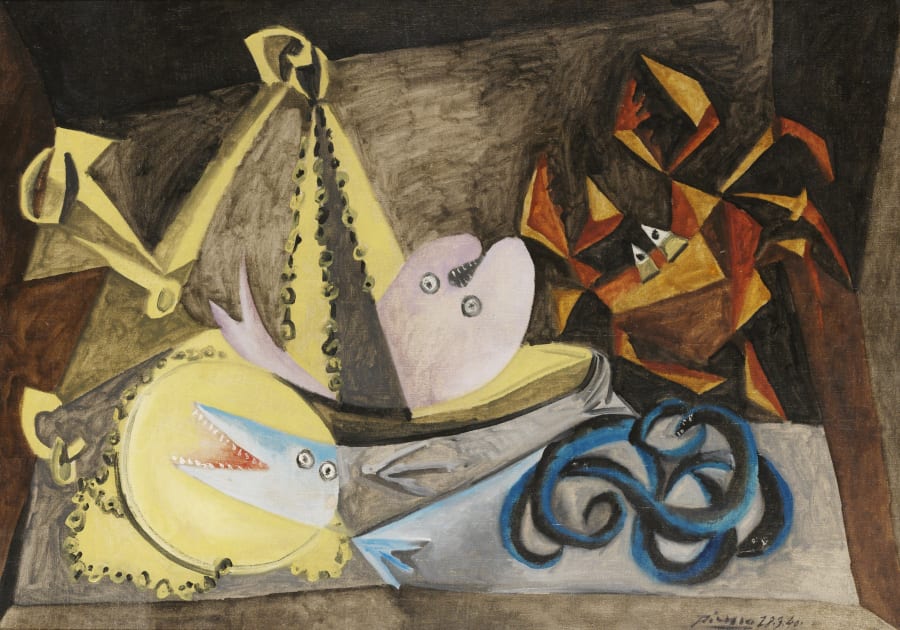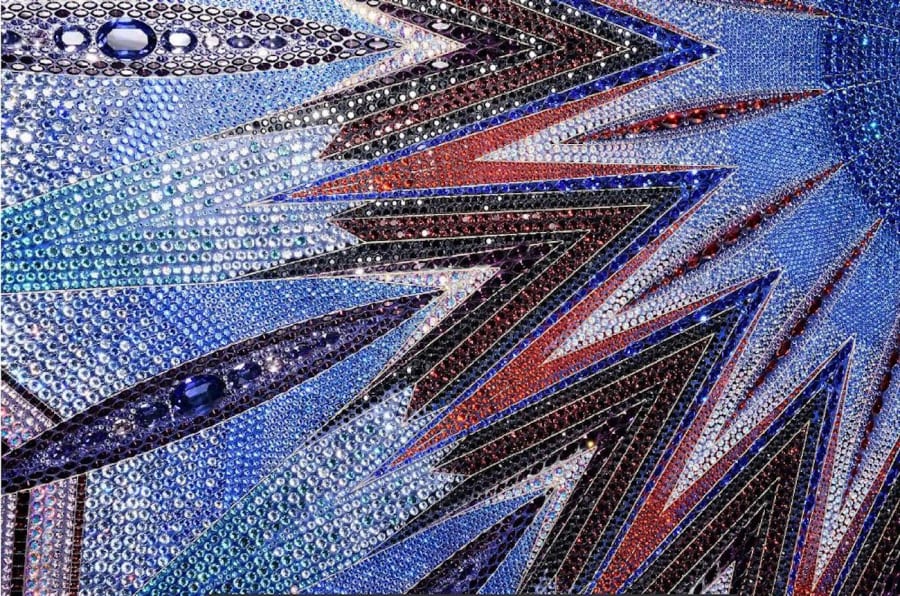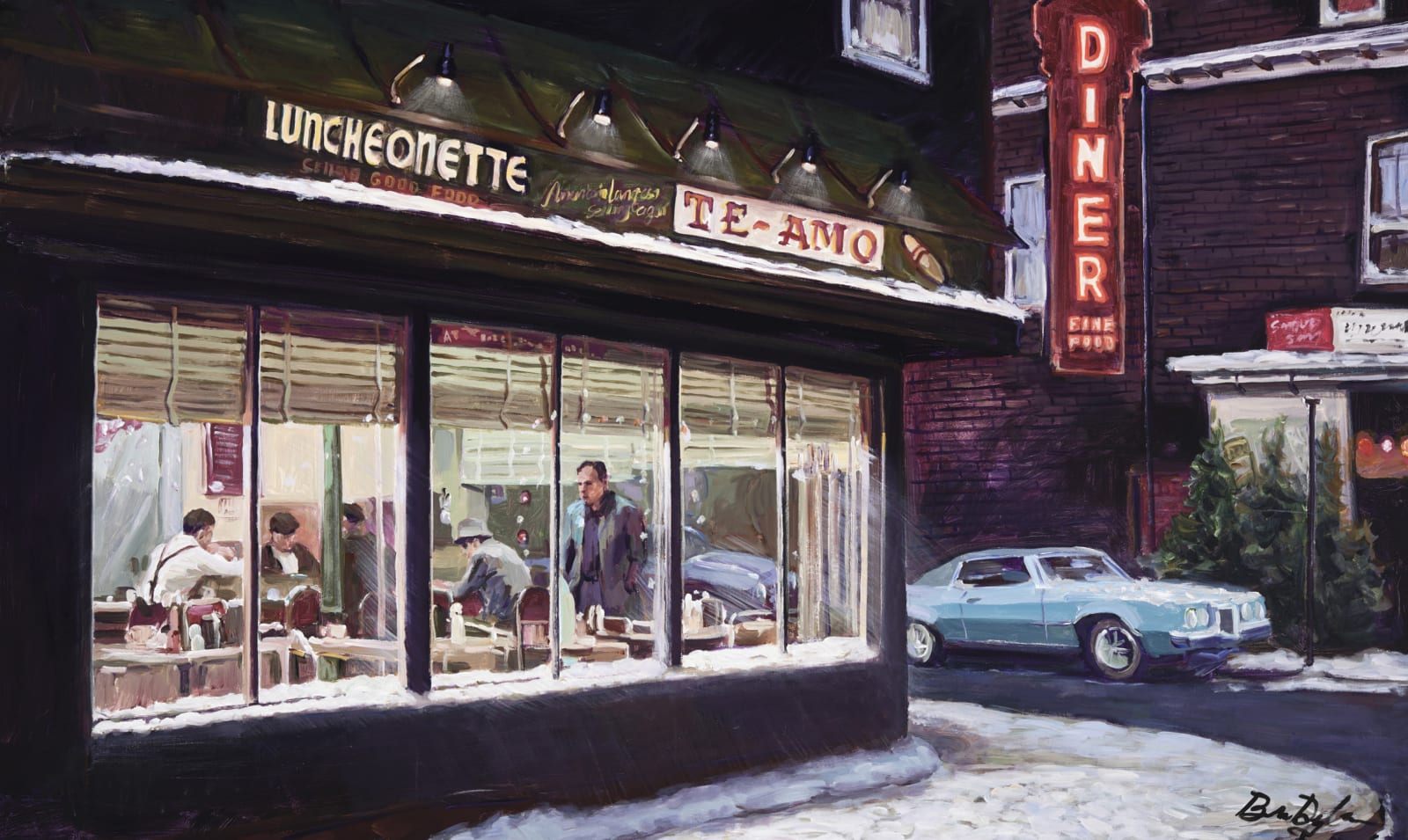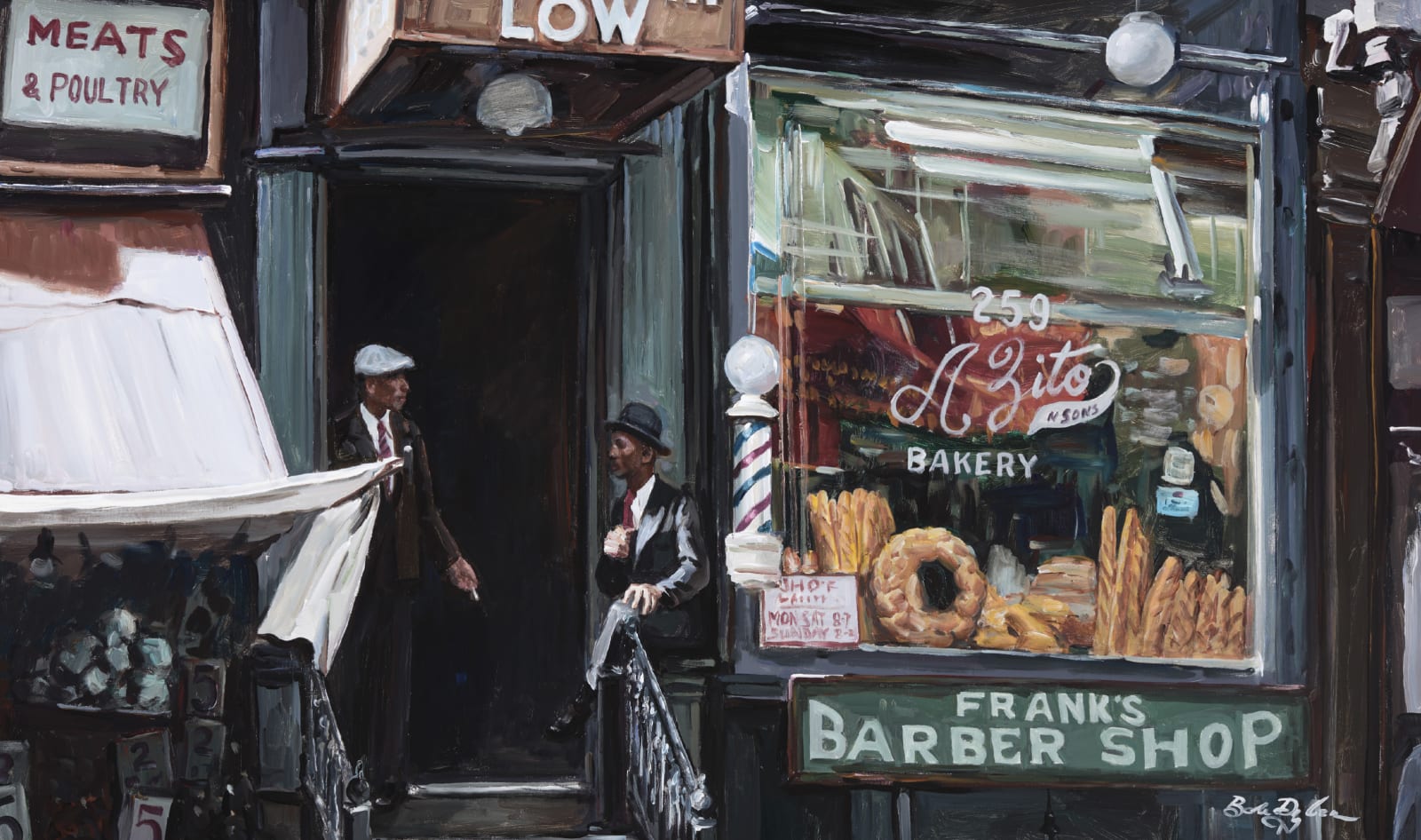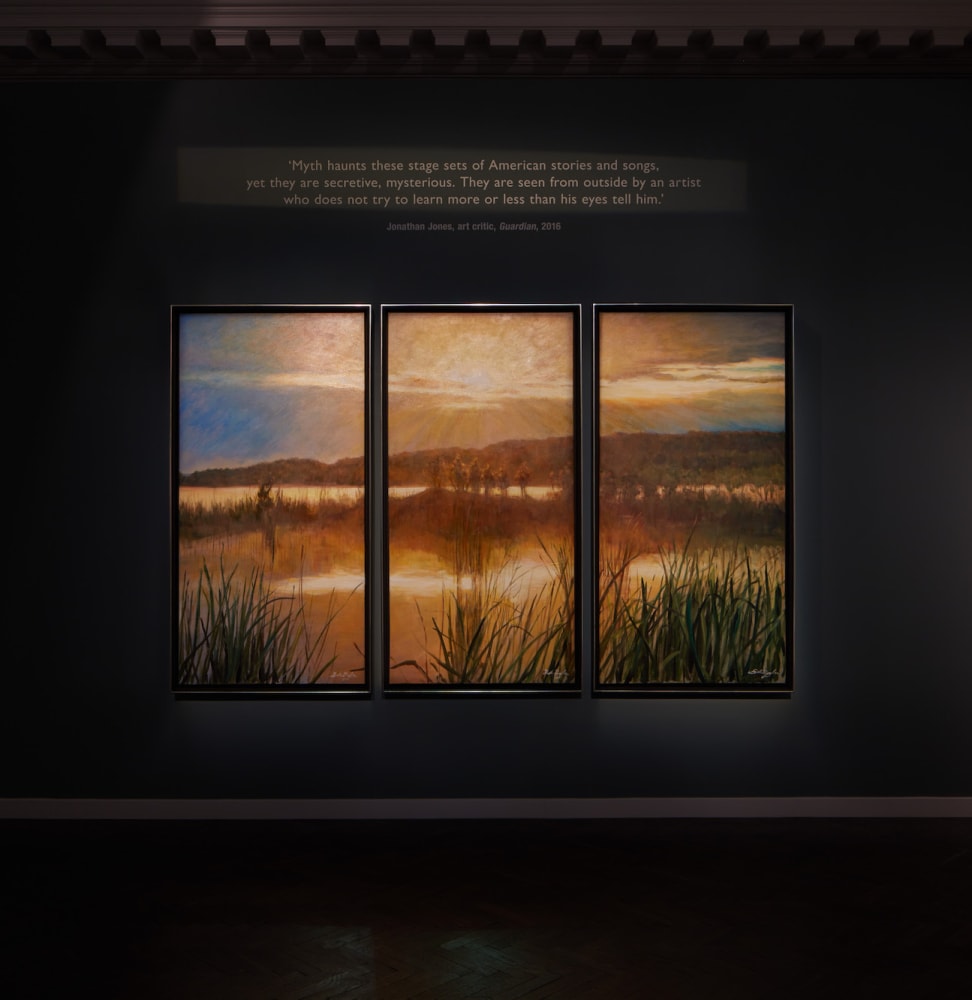Iconostasis, Mitch Griffiths
Definition: A full sanctuary screen separating the holy of holies from the congregation and carrying an established scheme of icons, forming a symbolic cosmos and a metaphoric segregation of the divine and those who worship the divine. Ask yourself,
Who are the icons of today? Who are the celestial equivalents of our age? You assume it's the stars, cyphers and archetypes; giant, bored to death uber-sapiens with impossible muscles, teeth and hair, constantly and coolly rising from the bombardment of perfection to pierce our evermore logo'd souls.
But in this age when the most desired and revered commodity is fame, in an age when fame is at its easiest to achieve - when not only the billboard or red carpet but every advert, computer, phone, t-shirt and living room carpet is an Iconostasis - these icons could be, just might be…you.
Working in oils and echoing the tableaux of the Old Masters, Mitch Griffiths produces modern paintings that address issues of identity and inclusion, obsolescence and conflict. A virtuoso painter, he employs a hyper-realist technique, working the canvas through the traditional chiaroscuro and utilising a single light source to both shape and highlight his figures on the canvas. 'Many people say my paintings look photo-realist', he says, 'but it's not what I'm trying to achieve. I'm trying to make the viewer enter MY reality.'
Touching on themes such as nationhood, iconography, 'cult beauty' and celebrity culture, Griffiths is holding up a mirror to society. By approaching these subjects in a bold and unyielding manner, he creates potentially uncomfortable, though compulsive viewing scenarios. Maintaining an air of sensitivity which provides a bittersweet edge, his work remains both peculiarly beautiful and profoundly disturbing. Through these contrived sets, Griffiths allows the viewer to both identify with, and question the stories that play out across the canvas.
As a new body of work, Iconostasis unfolds the blatant distinction between an individual's desired perception of themselves and how they are actually seen. Griffiths plays with the notion that our saints have now evolved - no longer heavenly, but worshipped for their unending trials and self-promotion through the media. Griffiths' figures exist in a state of purgatory - neither holy nor common, famed nor unknown - hanging on the edge of a nirvana which is based no longer on divinity, but instead on a false sense of ecstasy ensued by the rituals and expected behaviours of contemporary society.














